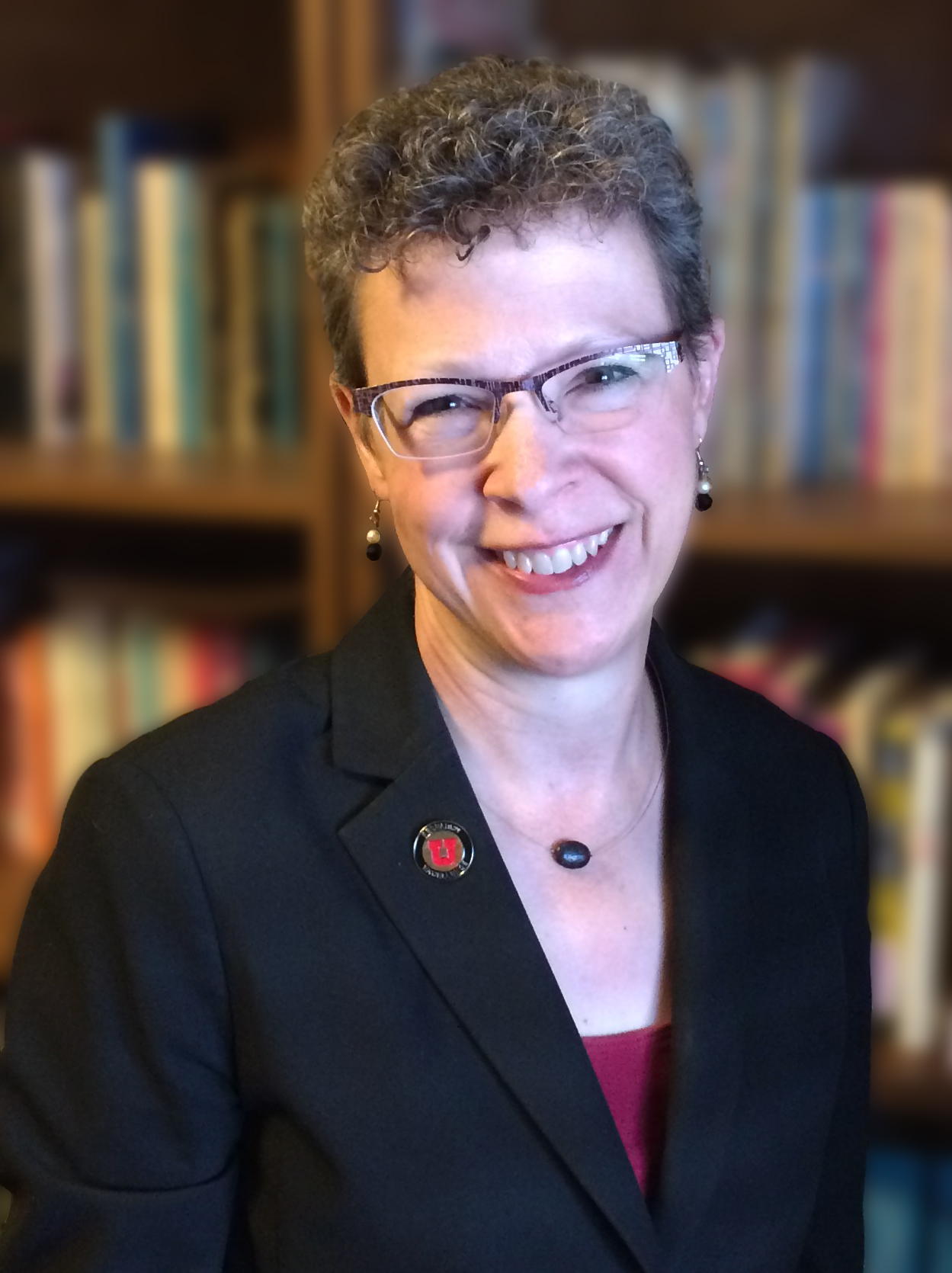Voices of U of U Health
History of the Health Sciences Collection Honors Past While Enriching Present, Future
One of my favorite collections at the Eccles Health Sciences Library is the History of the Health Sciences collection. Books, meeting minutes from the 1950s, oral histories dating back to the 1970s-80s, medical equipment, photographs, a time capsule from 1980, scrapbooks, clothing, an iron lung, and other artifacts paint a fascinating picture of health sciences development over the decades.
The collection has been accumulating for more than 50 years. We have received some incredible artifacts from former faculty members and student alumni. Recently, a visitor came to the library with her mother’s wool nursing cloak from the 1950s—it’s just amazing!
But, beyond the conversation pieces and antiquated medical equipment, the History of the Health Sciences collection shows the evolution of medicine. It reminds us how far we have come. It also provides important context for the future of University of Utah Health.

The Collection in Action
At the library, preserving history is among our biggest concerns.
Earlier this year, one of the oldest buildings on campus—the Medical Research & Education Building (MREB)—was demolished as part of an ongoing campus transformation project. Another important historical landmark, Building 521, home to the university’s medical school, will soon be demolished to make way for the new Spencer Fox Eccles School of Medicine.
Before a historical building is demolished, the State Historic Preservation Office (SHPO) requires extensive documentation. This includes researching the building’s history, cataloging any historical artifacts housed in the building, retrieving all artifacts before demolition, and submitting a report. It’s a behemoth task made possible by the History of the Health Sciences collection.
Instead of hiring an external contractor to complete the documentation for both buildings, graduate student Keely Mruk tackled the projects. Mruk has since completed her Master of Arts degree in U.S. History at the University of Utah and is continuing her education at the University of Wisconsin-Madison.
Most of Mruk’s research for the documentation project came from the History of the Health Sciences collection, which allowed her to create a robust history that met the SHPO requirements. The project also became its own resource, ensuring that nothing of value was lost as we move forward.
The History of the Health Sciences collection also provides an opportunity to show how much things have stayed the same over the years—and how we still face some of the same issues as generations past. There’s much more to gathering artifacts than just doing it for history’s sake. It’s more about how the past can impact what we are doing today.
Some medical tools, like scalpels, are pretty much the same as they were many years ago. Research conducted using materials from our collection can sometimes inform what’s happening currently. A good example of that is our digital polio exhibit, which documents the polio vaccine and the reaction to it. Reflecting on this point in history can help us learn from what we did in the past to help people accept a life-changing vaccine.

A Resource for All
As important as our collection is, it’s not as visible as it could be. That’s something we are working on at the University of Utah campus: making sure all of our students, faculty, and staff are aware of the collection so they can benefit from it.
Reaching beyond campus, we are also increasing visibility and access by putting our collections online. Currently, many of our digital library collections are accessible by anyone, anywhere, via our website. As we increase our digital presence, we are also creating guides to our collections, making them easier to find and use.

The Future of the Collection
We have already learned so much from the countless books, photographs, and other artifacts in the History of the Health Sciences collection. However, we know there is even more we can learn as we continue to expand research into our amazing collection.
We invite all to come and visit the Eccles Health Sciences Library. To those at other institutions, consider visiting your own medical library. The more we learn about our rich history, the brighter our future can be.
